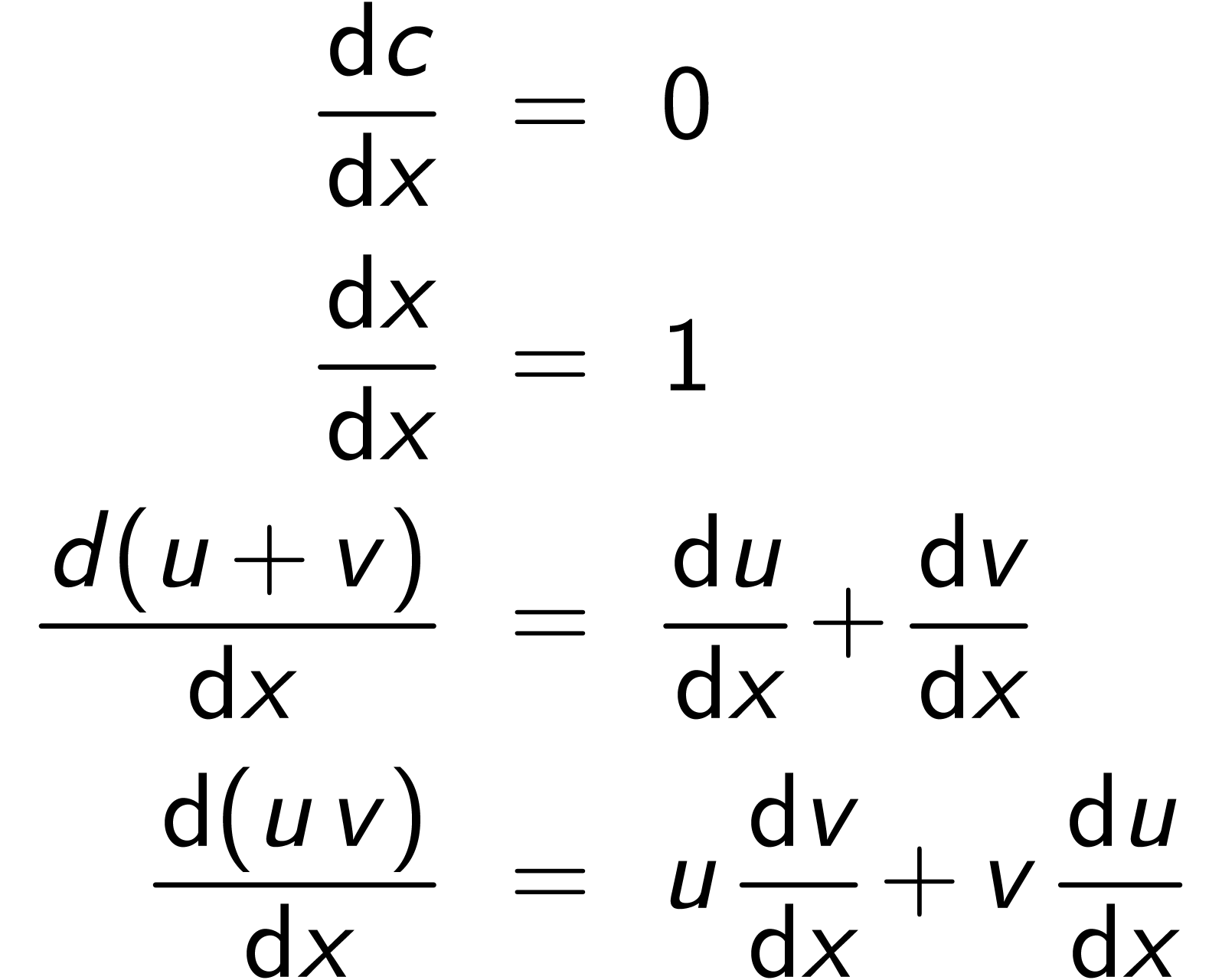
|
零基础SICP:第11课
|
|
数据抽象导引 |
Introduction to Data Abstraction |
|
|
层次性数据和闭包性质 |
Hierarchical Data and the Closure Property |
|
|
符号数据 |
Symbolic Data |
引号 |
Quotation |
实例:符号求导 |
Example: Symbolic Differentiation |
回顾:通过定义一组逻辑自洽的选择函数和构造函数,定义数据。
回顾:语法糖衣
|
|
特殊形式不符合应用序求值,比如define,cond,if(零基础SICP第一讲的内容)
> |
(define (myabs x) (if (> x 0) x (- x))) |
> |
(myabs -1) |
> |
((lambda (x) (if (> x 0) x (- x))) -1) |
> |
-1 |
> |
(- 1) |
> |
(list? ) |
即使我们的Scheme解释器不支持-1,define,我们也可以使用更加繁琐的语法来表示同样的含义。语法糖衣并没有给我们带来新的能力,但能帮助我们简化代码。
利用宏编程的特性,我们可以自定义语法糖衣。
定义符号数据—构造函数quote
|
|
'是一种语法糖衣,如果没有',也可以使用quote。Scala里面也有符号数据。SRFI-1 List
>
'a
>
(quote a)
>
''a
>
(quote (quote a))
>
'1
>
(eq? 1 (quote 1))
>
'#t
>
(eq? #t ‘#t)
>
'+
>
(eq? + '+)
>
''
>
字面量(literally)在引用(两次引用?)之后,还是字面量。符号在引用之后,则变成了符号数据。
定义符号数据—选择函数unquote
|
|
,是一种语法糖衣,如果没有,,也可以使用unquote。unquote只能在‘(quasiquote)下使用。
> |
(define a 1) |
> |
a |
> |
'a |
> |
(quote a) |
> |
‘,a |
> |
(quasiquote (unquote a)) |
试译:quote为引用,unquote为解引用,quasiquote为准引用。' 是引号,, 是解引号,‘ 是准引号。
定义符号数据—参数为列表的构造函数
|
|
> |
'(a b c) |
> |
(list 'a 'b 'c) |
> |
'(a b (c d)) |
> |
(list 'a 'b (list 'c 'd)) |
> |
'(+ 1 2) |
> |
' ; quote
‘ ; quasiquote
, ; unquote
定义符号数据—在列表中理解选择函数
|
|
>
'(+ a 1)
>
(define a 4)
>
‘(+ ,(+ a 1) 1)
>
‘(+ ,a 1)
>
(eval ‘(+ ,a 1))

用符号数据可以延迟计算过程。延迟计算过程,可以避免无效计算和重复计算。
> |
(define 分子 ‘(+ 5 4 (- 2 (- 3 (+ 6 (/ 4 5)))))) |
> |
(define 分母 ‘(* 3 (- 6 2) (- 2 7))) |
> |
‘(/ ,分子 ,分母) |
> |
(eval ‘(/ ,分子 ,分母)) |
(这个例子来自于《零基础SICP》第2.1课 00:12:00)
符号求导
|
|

注意.
 是一个常数或者是一个和
是一个常数或者是一个和 无关的变量。
无关的变量。
符号求导—应用
|
|
> |
(deriv '(+ x 3) 'x) |
> |
(deriv '(* x y) 'x) |
> |
(deriv '(* (* x y) (+ x 3)) 'x) |
Maxima 5.46.0 https://maxima.sourceforge.io
using Lisp GNU Common Lisp (GCL) GCL 2.6.14 git tag
Version_2_6_15pre3
Distributed under the GNU Public License. See the file
COPYING.
Dedicated to the memory of William Schelter.
The function bug_report() provides bug reporting
information.
(%i4) |
diff( |
(%i5) |
diff( |
(%i6) |
diff( |
(%i7) |
符号求导—实现
|
|
> |
(define (deriv exp var)
(cond ((number? exp) 0)
((variable? exp)
(if (same-variable? exp var) 1 0))
((sum? exp)
(make-sum (deriv (addend exp) var)
(deriv (augend exp) var)))
((product? exp)
(make-sum
(make-product (multiplier exp)
(deriv (multiplicand exp) var))
(make-product (deriv (multiplier exp) var)
(multiplicand exp))))
(else
(error "unknown expression type -- DERIV" exp)))) |
deriv
符号求导—基础函数
|
|
> |
(define (variable? x) (symbol? x)) ; 判断x是不是变量 |
> |
(define (same-variable? v1 v2) ; v1和v2是不是同一个变量 (and (variable? v1) (variable? v2) (eq? v1 v2))) |
> |
(define (make-sum a1 a2) (list '+ a1 a2)) ; |
> |
(define (make-product m1 m2) (list '* m1 m2)) |
> |
(define (sum? x) (and (pair? x) (eq? (car x) '+))) ; x是和式么? |
> |
(define (addend s) (cadr s)) ; s的被加数(加号左边那个数) |
> |
(define (augend s) (caddr s)) ; s的加数(加号右边那个数) |
> |
(define (product? x) ; x是否是一个乘式 (and (pair? x) (eq? (car x) '*))) |
> |
(define (multiplier p) (cadr p)) ; p的被乘数(乘号左边) |
> |
(define (multiplicand p) (caddr p)) ; p的乘数(乘号右边) |
小结
|
|
回顾语法糖衣这个概念
针对原语表达式定义符号数据
针对复合表达式定义符号数据
理解符号数据:实现延迟计算
应用符号数据:符号求导